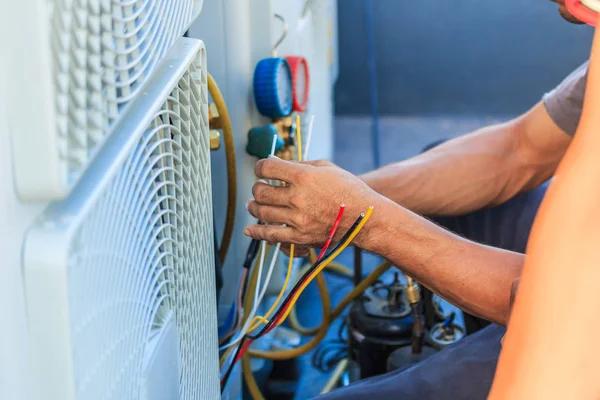Installing an air conditioning system is a crucial task that requires careful planning and execution to ensure optimal performance and longevity. Many homeowners and even some professionals make avoidable mistakes during AC installation, which can lead to inefficiency, increased energy bills, or costly repairs. One of the most common errors is selecting an improperly sized unit. Choosing an AC that is too large or too small for the space can cause frequent cycling or insufficient cooling, respectively. It is essential to calculate the cooling load accurately based on room size, insulation quality, window placement, and local climate conditions.
Another significant mistake involves poor placement of both indoor and outdoor units. The indoor unit should be installed in a location that allows for uniform air distribution without obstructions such as furniture or curtains. Placing it near heat sources like ovens or direct sunlight will reduce its effectiveness. Similarly, the outdoor condenser needs adequate ventilation with enough clearance around it to dissipate heat efficiently. Blocking airflow by situating the unit near walls or shrubs limits its ability to cool properly.
Improper installation of refrigerant lines is also a frequent issue that compromises system efficiency. Lines must be insulated correctly to prevent energy loss through condensation and maintain temperature control within pipes. Additionally, technicians sometimes fail to check for leaks after connecting these lines, leading to refrigerant loss over time which diminishes cooling capacity and harms the environment.
Electrical connections require special attention during AC setup as well. Incorrect wiring can cause short circuits or damage sensitive components within the unit while posing safety hazards for occupants of the building. Ensuring compliance with electrical codes and using appropriate circuit breakers help mitigate these risks.
Neglecting proper drainage arrangements causes water leakage problems inside homes due to condensate buildup from humid air removal processes in split systems or central units alike. Installing drain pipes at correct slopes ensures water flows away without pooling around foundations or causing mold growth indoors.
Lastly, skipping professional maintenance checks immediately following installation often results in undetected issues such as low refrigerant levels or faulty thermostat calibration affecting overall comfort levels once operational season begins fully.
Avoiding these common pitfalls during air conditioning installation not only enhances system reliability but also extends equipment lifespan while reducing unnecessary expenses related to repairs or premature replacements later on down the line. Careful consideration at every step-from choosing suitable equipment through precise fitting-ensures efficient cooling performance tailored perfectly for your living environment year-round without surprises along the way.
Air Docs Heating & Cooling
9535 US-1, Sebastian, FL 32958
772-732-6766

